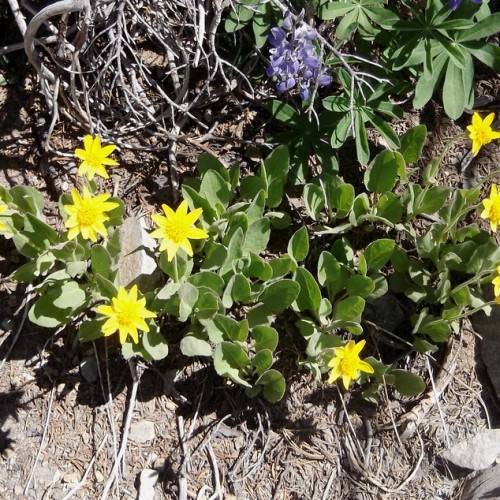
Heartleaf Arnica
Arnica cordifolia
Also Known As - Heartleaf LeopardbaneWatering:
Minimal
Hardiness Zone:
Sun:
full sun,part shade
Leaf:
Yes
Growth Rate:
Low
Drought Tolerant:
Yes
Care Level:
Medium
watering
Water Alpine Arnica regularly and deeply. During the growing season, water the plant about twice a week, making sure the soil stays moist. During the dry, hot summer months, water it every 5-7 days and check the soil to make sure it has not dried out. In the winter months, water it less, about once a week or every 10-14 days, depending on how quickly the soil has dried out. Increase watering if the leaves start to look wilted. Make sure the soil has proper drainage. Do not overwater, as the plant is prone to root rot.
sunlight
Alpine Arnica (Arnica Angustifolia) grows best in bright, full sunlight. This plant prefers 4 to 6 hours of direct sunlight per day, ideally in the morning. During the summer months, the Alpine Arnica should receive at least 6 hours of direct sunlight each day. In the winter, the hours of direct sunlight are reduced but the plant still requires 3 to 4 hours per day. The plant should be kept out of direct midday and afternoon sunlight, as this can cause the leaves to become sunburned.
pruning
Alpine Arnica should be pruned once a year in late spring, after the danger of frost has passed. Pruning should be done by removing any excessive growth, dead or damaged stems, and any weak or straggly growth. Also, pruning during this time can help encourage new healthy growth to produce more flowers. Be careful not to prune too much - Alpine Arnica is a fairly slow-growing species and vigorous pruning can damage the plant. After pruning, be sure to apply a light layer of mulch around the base of the plant to help protect it over the winter.
